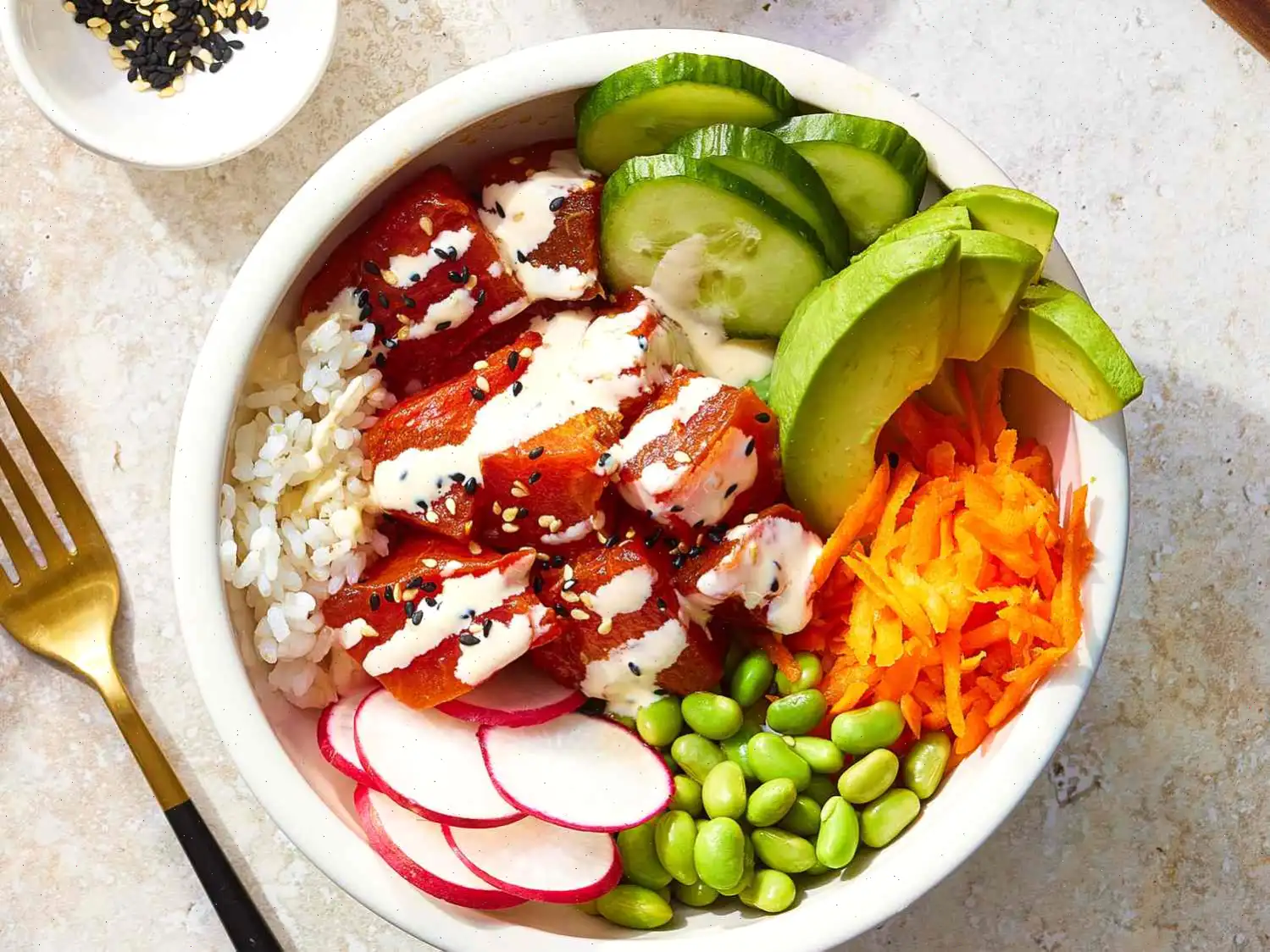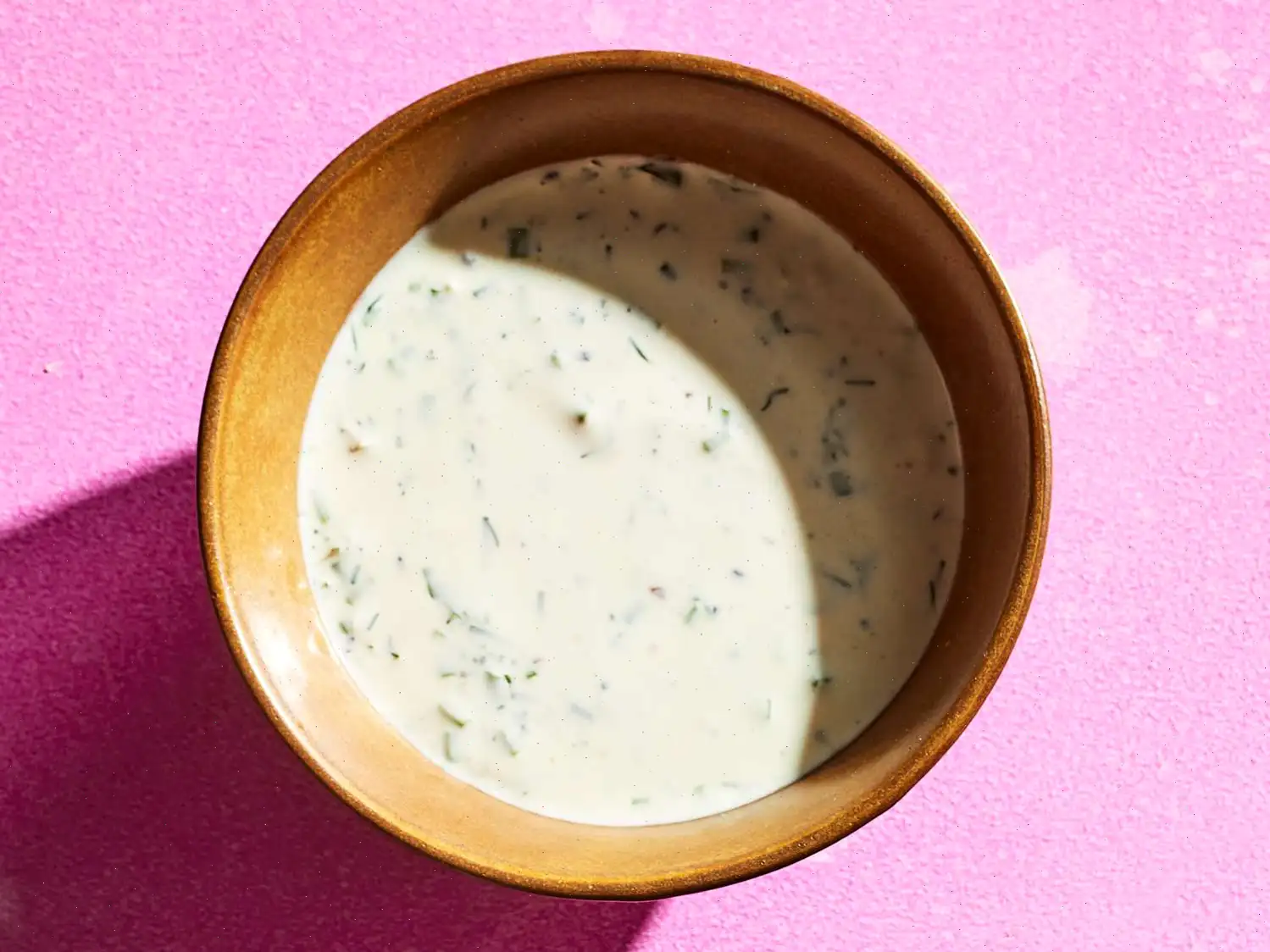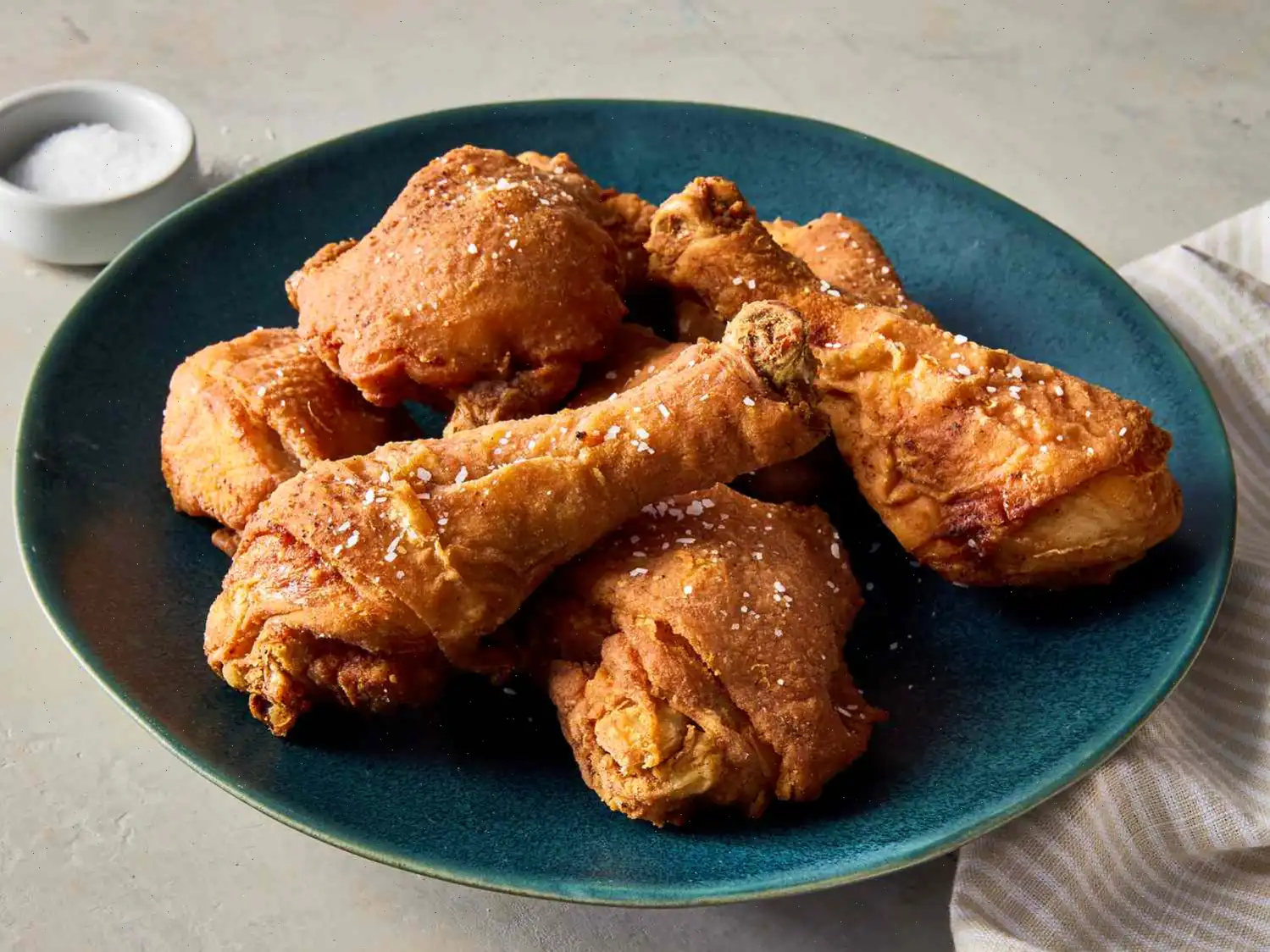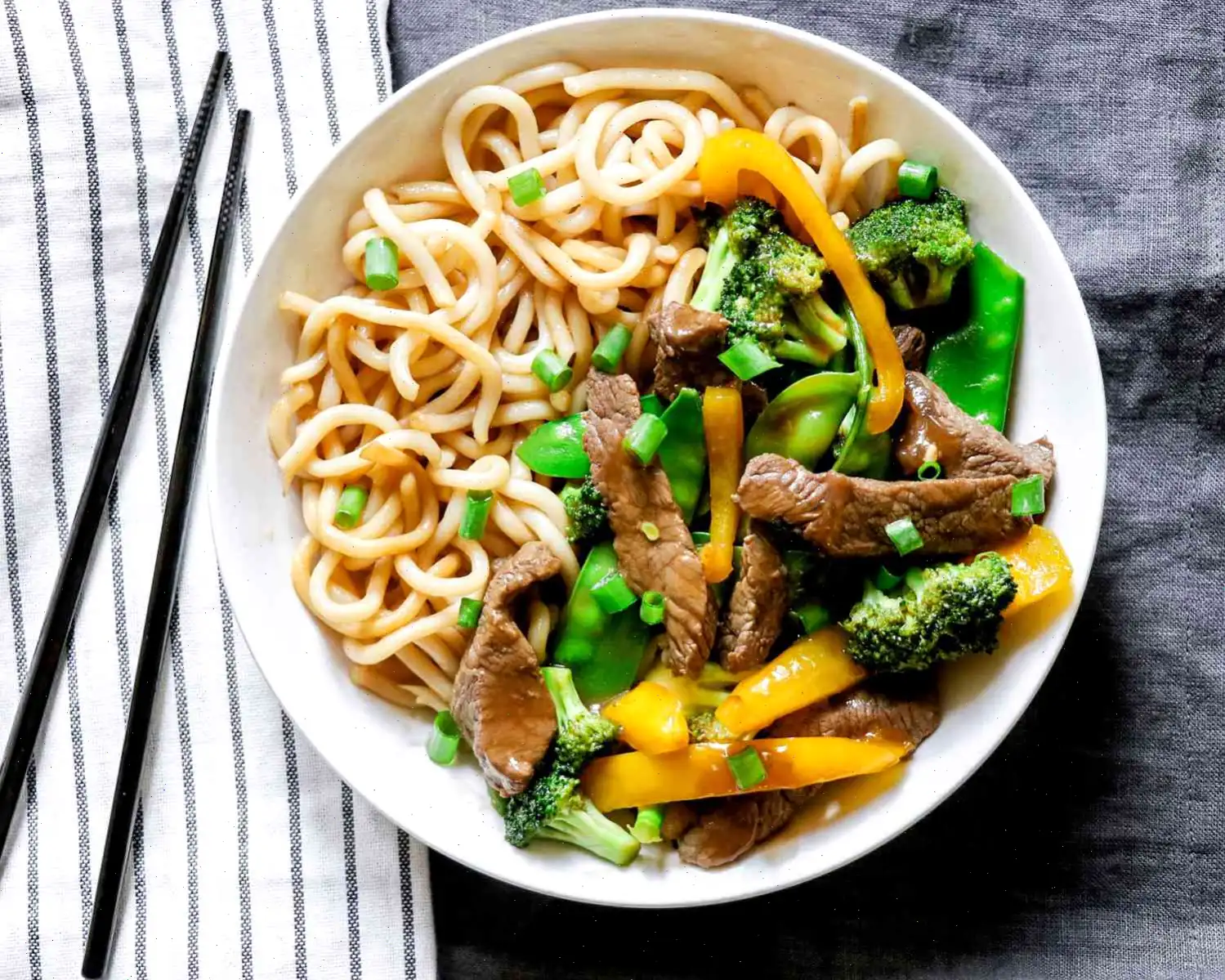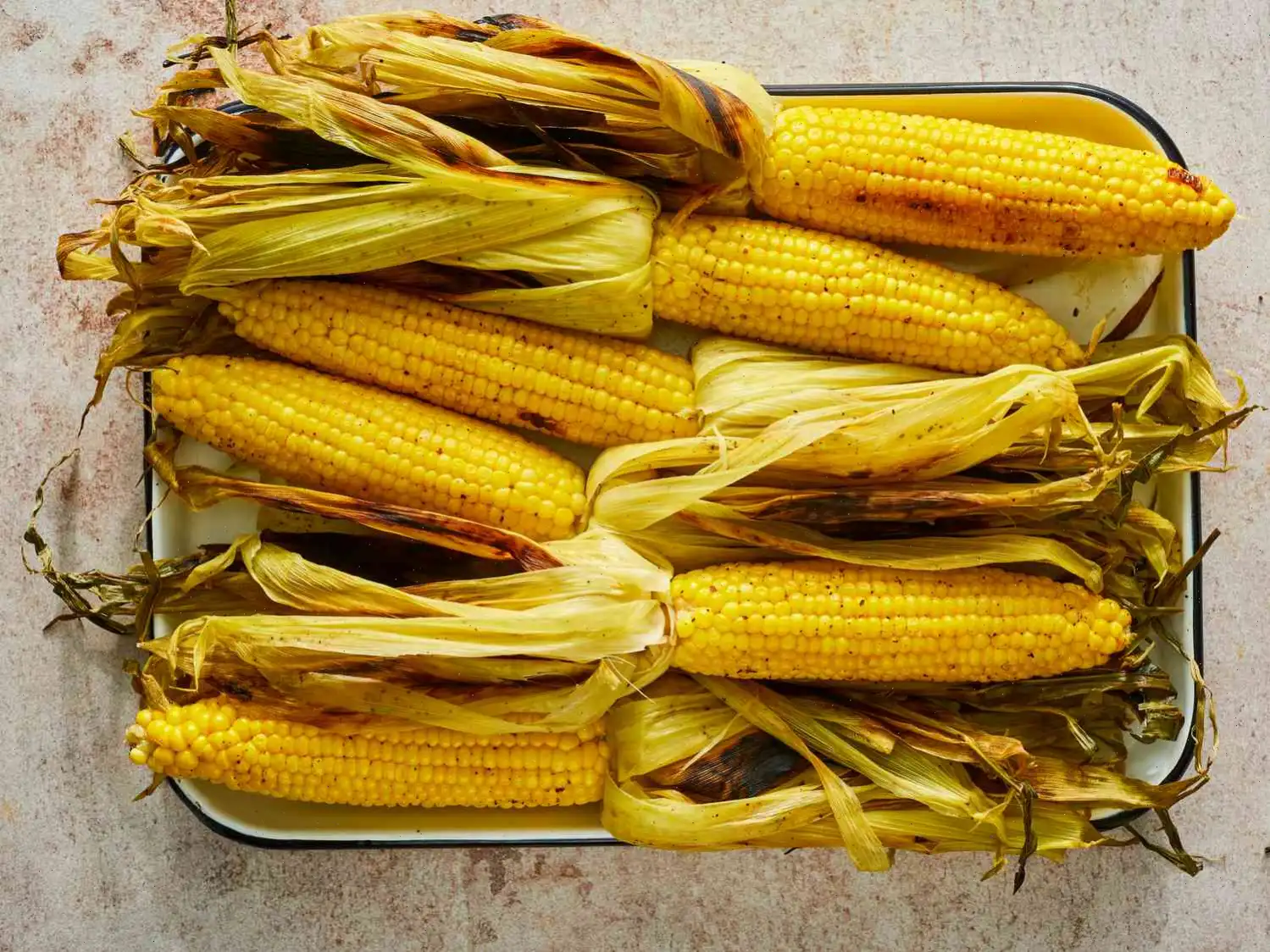
Watermelon “Tuna” Poke Bowl Recipe
Ingredients:
- 1/3 cup less-sodium soy sauce
- 1/4 cup rice vinegar
- 1/4 cup vegetable oil
- 1 teaspoon lime zest
- 3 tablespoons lime juice (from 2 limes)
- 1 tablespoon grated fresh ginger
- 1 tablespoon honey
- 2 lb watermelon, rind removed and cut into 1-inch pieces
- 1/2 cup Japanese-style mayonnaise (such as Kewpie)
- 4 cups hot cooked short-grain white rice
- 2 avocados, sliced
- 1 English cucumber, sliced
- 1 cup sliced radishes
- 1 cup hot cooked shelled edamame
- 1 carrot, shredded
- 1 tablespoon black and/or white sesame seeds
- Thinly sliced green onions, for garnish
Directions:
- For the marinade, whisk together soy sauce, rice vinegar, vegetable oil, lime zest, lime juice, grated ginger, and honey in a large bowl.
- Add the watermelon to the marinade and toss to coat evenly. Cover the bowl and refrigerate for at least 4 hours, or up to 12 hours.
- Preheat your oven to 350F (175C). Line a 10x15-inch baking pan with parchment paper.
- Using a slotted spoon, transfer the marinated watermelon pieces to the prepared pan, allowing excess marinade to drip off. Set aside the remaining marinade and chill it in the refrigerator while the watermelon bakes.
- Bake the watermelon for about 1 hour, or until it is browned. Once baked, let it cool slightly.
- For the dressing, stir 2 tablespoons of the reserved marinade into the mayonnaise in a small bowl. Set aside.
- Pour the remaining reserved marinade over the baked watermelon.
- To assemble, divide the cooked rice into 4 bowls.
- Top each bowl of rice with watermelon, sliced avocados, cucumber, radishes, edamame, and shredded carrot.
- Drizzle the dressing over each bowl and sprinkle with sesame seeds.
- Garnish with thinly sliced green onions and serve immediately.
Vegan Variation: To make this dish vegan, simply use vegan mayonnaise in place of the Kewpie mayonnaise.
Recipe Tip: For a traditional poke bowl with raw fish, substitute the watermelon with 1 lb of sushi-grade tuna, cut into 1-inch pieces. Omit the baking step and enjoy the fresh, raw version.
Nutrition Facts (per serving):
| Calories | 913 |
| Total Fat | 59g |
| Saturated Fat | 9g |
| Cholesterol | 12mg |
| Sodium | 1373mg |
| Total Carbohydrate | 89g |
| Dietary Fiber | 15g |
| Total Sugars | 23g |
| Protein | 14g |
| Vitamin C | 46mg |
| Calcium | 120mg |
| Iron | 5mg |
| Potassium | 1464mg |
* Percent Daily Values are based on a 2,000 calorie diet. Your daily values may be higher or lower depending on your calorie needs.
History and Origin of the Watermelon Tuna Poke Bowl
The Watermelon Tuna Poke Bowl is a creative, modern twist on the traditional Hawaiian poke, which originally featured raw fish diced and marinated in soy sauce, sea salt, and other local ingredients. While poke itself dates back centuries in Hawaiian cuisine, this plant-based variation emerged in the early 21st century as chefs and home cooks experimented with vegan and vegetarian alternatives. The idea of using watermelon to mimic the texture and appearance of tuna was popularized in fusion cuisine circles, blending Japanese, Hawaiian, and contemporary American culinary techniques.
Regional Variations and Influences
This dish reflects a cross-cultural approach, primarily influenced by Hawaiian and Japanese cuisine. In Hawaii, poke is typically served with fresh seafood, seaweed, and rice. In contrast, the Watermelon Tuna Poke Bowl often incorporates ingredients commonly found in Japanese-inspired bowls, such as edamame, sesame seeds, and Japanese-style mayonnaise. In the United States, especially on the West Coast, this vegan version has gained popularity in health-conscious restaurants, urban cafs, and plant-based eateries. The use of a baked, marinated watermelon creates a unique sweet-savory profile, differing from the raw, oceanic taste of traditional tuna poke.
How It Differs from Similar Dishes
Unlike traditional poke bowls, which rely on raw seafood as the centerpiece, the watermelon version is entirely plant-based while still mimicking the visual and textural qualities of tuna. Compared to other vegetarian poke alternatives like marinated tofu or tempeh, watermelon provides a lighter, juicier consistency and a subtle natural sweetness that pairs well with tangy sauces and fresh vegetables. Additionally, the baking process used in this recipe caramelizes the watermelon, enhancing its depth of flavor without overwhelming its natural freshness.
Typical Settings for Serving
Watermelon Tuna Poke Bowls are commonly served in casual dining environments, particularly in cafs, smoothie bars, and modern vegan restaurants. They are also popular as home-prepared meals for summer gatherings, brunches, or light dinners due to their refreshing quality and visually striking presentation. Often, they are presented in bowls with layered rice, vegetables, and colorful garnishes, making them ideal for Instagram-worthy meals or healthy meal prep.
Interesting Facts
- Despite being sweet fruit, watermelon can be transformed into a savory, tuna-like substitute through careful marination and baking.
- This dish illustrates the growing trend of plant-based cuisine that mimics traditional animal-based foods in both flavor and texture.
- It is an excellent source of hydration, vitamins, and fiber, thanks to watermelon and fresh vegetables, while remaining low in cholesterol and saturated fat.
- Some chefs recommend using watermelon rind creatively by pickling it or adding it to salads, making the dish nearly zero-waste.
- Watermelon poke bowls are part of a larger movement of mock seafood recipes, appealing to those who want sustainable and cruelty-free alternatives without compromising taste.
FAQ about Watermelon “Tuna” Poke Bowl Recipe
Comments
Ruth Edwards
03/29/2024 09:29:37 AM
I might not have cooked the watermelon for long enough because it was still quite sweet. Despite that, my husband and I absolutely loved it. I'm still amazed that it was actually watermelon!


